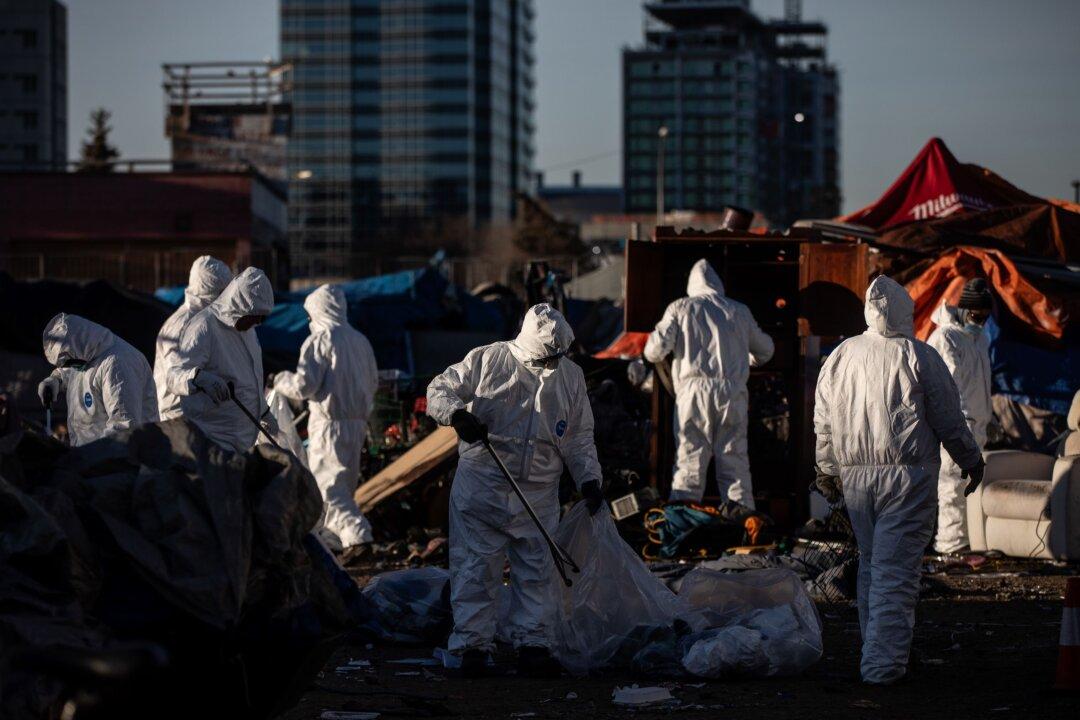Commentary
The city of Edmonton recently removed some troublesome tent encampments and the reaction from activists was outraged, predictable, and misguided.

The city of Edmonton recently removed some troublesome tent encampments and the reaction from activists was outraged, predictable, and misguided.